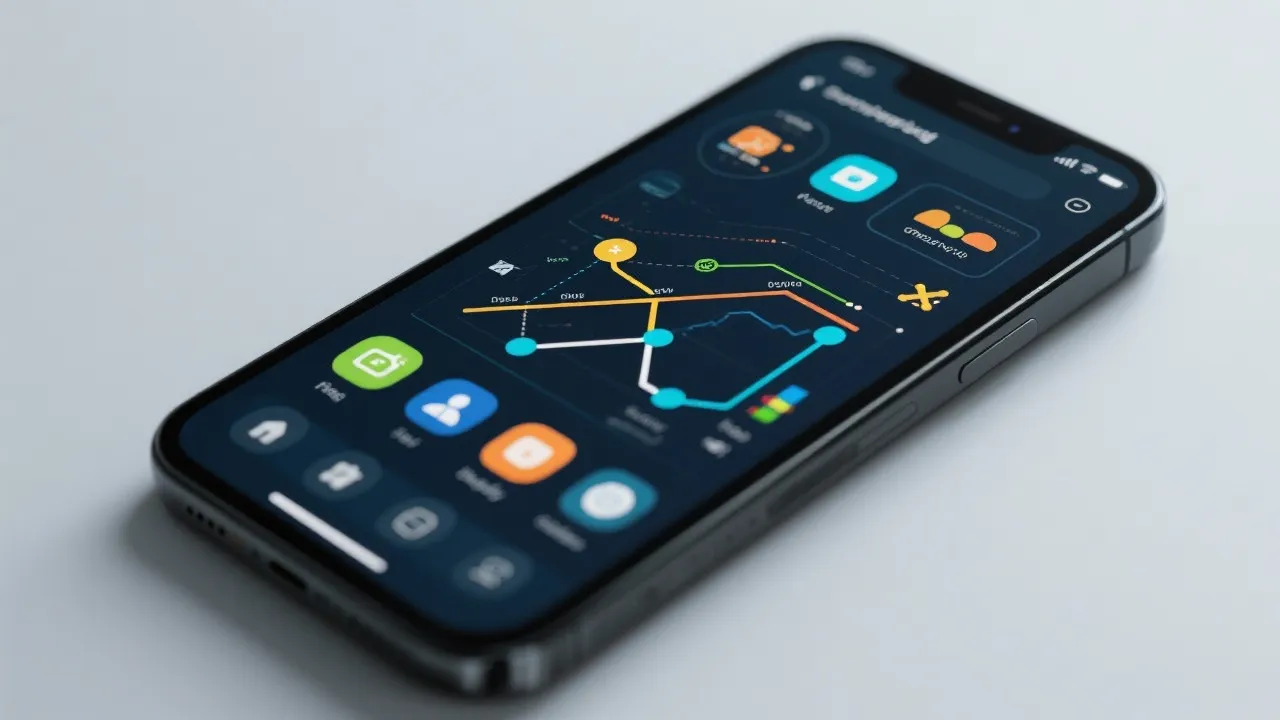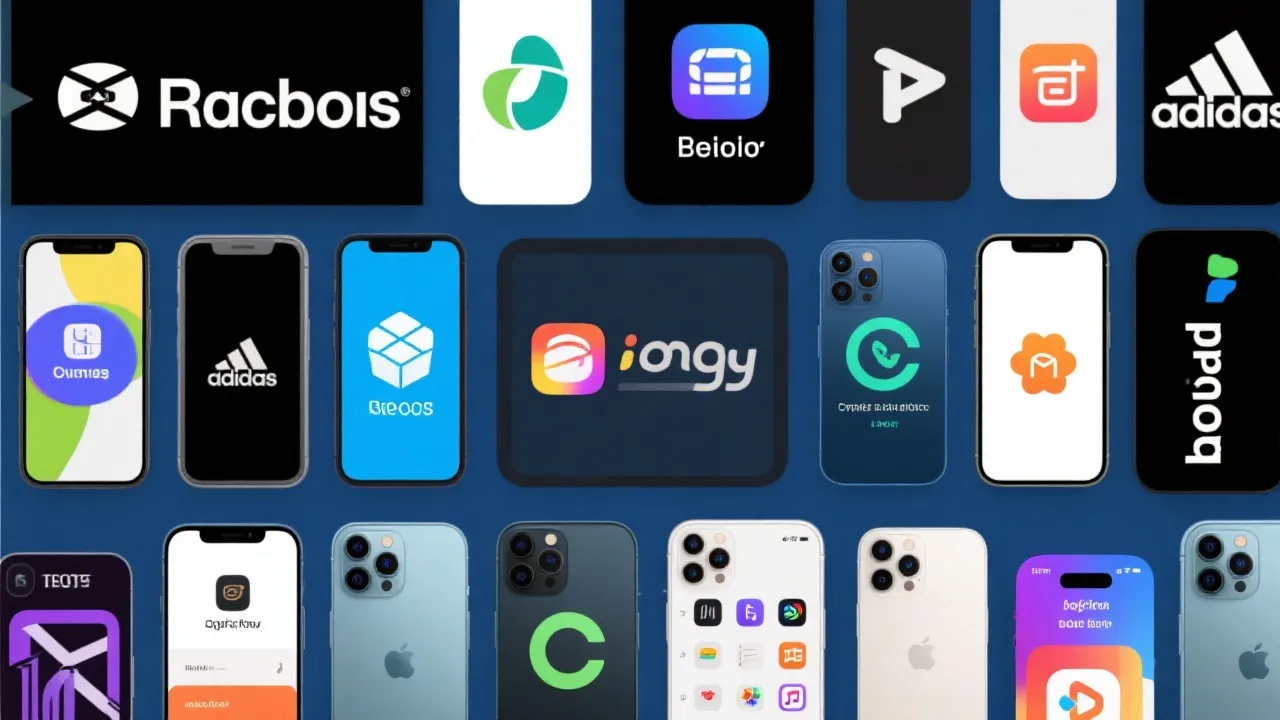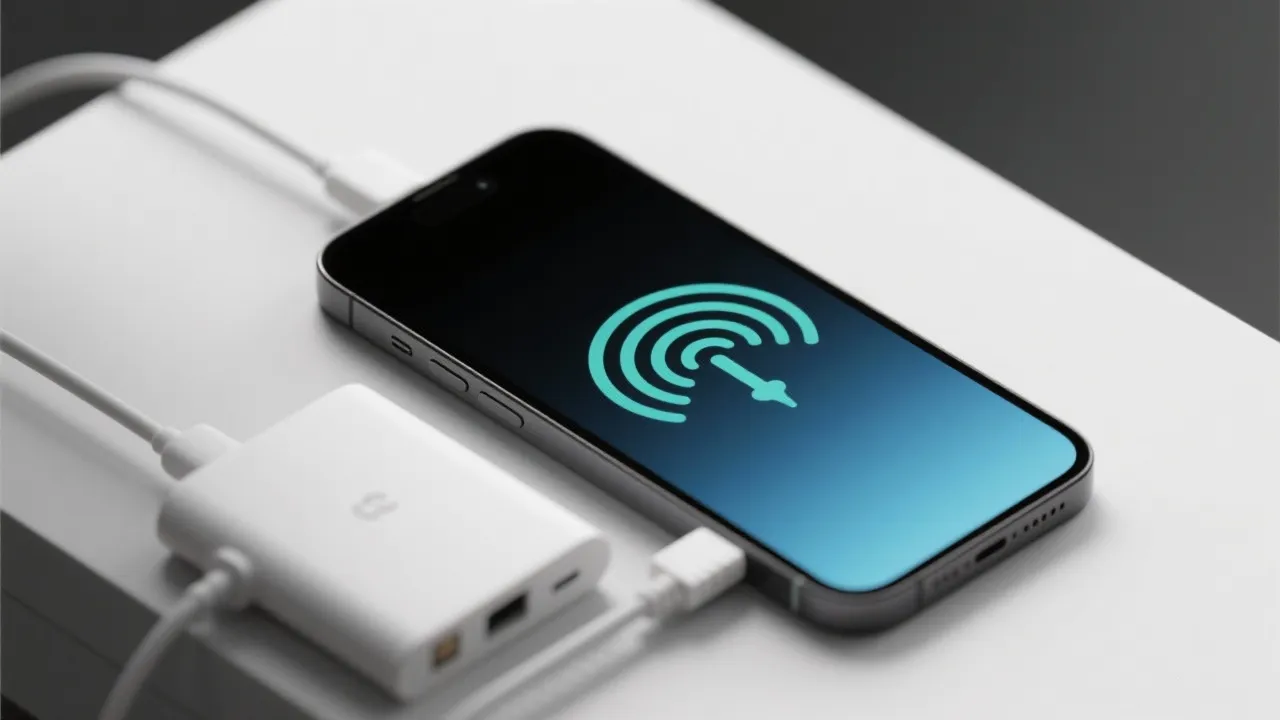Understanding Government Phone Plans
This comprehensive guide explores government-sponsored phone plans and their offerings, spotlighting assistance initiatives that provide affordable cellular services. SafeLink Wireless, Assurance Wireless, and others deliver mobile solutions for eligible participants, ensuring connectivity for those meeting specific criteria. The affordable phone plans are designed to help low-income households access essential communication services.

Exploring Government-Supported Phone Plans
In today's digital world, staying connected is crucial across all sectors of society. To promote digital inclusion, various government-supported initiatives have emerged, providing access to cellular services for economically disadvantaged individuals. Programs from providers like SafeLink Wireless, Assurance Wireless, and others offer valuable options for acquiring cellphones through different plans. These initiatives are essential, especially for individuals and families facing financial hardships who still need reliable communication tools to navigate everyday life. This comprehensive article delves into these options and explains the eligibility requirements and application processes to assist individuals in obtaining a government phone plan.
The Importance of Communication
Mobile phones are more than just communication devices; they are essentials for participating in various services, from healthcare and education to employment and social interaction. The rise of telehealth services, for example, has made access to healthcare information and consultations widely available via mobile devices. This has transformed the way people engage with health providers, often offering quicker responses and reducing the need for physical visits, which could be a barrier for many low-income individuals.
Recognizing this, government programs aim to ensure that individuals, regardless of their financial circumstances, can benefit from mobile technology. By providing subsidized mobile services, these initiatives enhance connectivity, facilitating access to opportunities that support personal and professional growth. As societal dependence on mobile technology increases, bridging the digital divide becomes increasingly essential.
Overview of Service Providers
Several service providers participate in government initiatives to offer affordable mobile plans. Each provider offers varying services tailored to meet users' specific needs through their respective programs. Below is a comparison of the primary service providers and what they offer under government-supported phone plans.
| Provider | Included Services | Additional Costs |
|---|---|---|
| SafeLink Wireless | Affordable smartphone or BYOD, text, calls, data (plan/state-dependent) | Premium device/data upgrades |
| Assurance Wireless | Affordable Android smartphone, unlimited talk & text, data allowance | Extra high-speed data, international calls |
| StandUp Wireless | Affordable smartphone or BYOD, unlimited talk/text, data plans | Phone upgrades, extra data |
| Access Wireless | Unlimited voice/text, limited high-speed data | Data boosts, device upgrades |
| True Wireless | Affordable government-supported phones, voice and data plans | Device/data plan upgrades |
Source: SafeLink Wireless, Assurance Wireless, StandUp Wireless, Access Wireless, True Wireless
Eligibility and Application Process
Eligibility for these phone plans is typically determined by income level or participation in federal aid programs. Here are the key criteria for qualifying for these services:
- Income at or below 135% of the federal poverty guidelines for Lifeline; 200% for the Affordable Connectivity Program (ACP).
- Enrollment in government assistance programs like Medicaid, Supplemental Nutrition Assistance Program (SNAP), Supplemental Security Income (SSI), or Federal Public Housing Assistance (FPHA).
- Additional benefits are available for residents on Tribal lands.
The application process generally involves the following steps:
- Visit the service provider's website to complete the online application form.
- Provide proof of eligibility through necessary documentation indicating income status or enrollment in a qualifying government assistance program.
- Receive approval from the provider to activate the phone service.
Common Questions About Government Phone Plans
What are the basic benefits of these phone plans?
The primary benefit is access to crucial communication services, including voice, text, and data, at reduced or low price to eligible users, facilitating greater participation in everyday activities requiring mobile connectivity. The significance of these plans extends beyond basic communication; they enable users to search for jobs, access educational resources, and maintain social connections, all of which are vital for overall well-being and development.
Can I upgrade the provided device with any provider?
Yes, many service providers offer options to upgrade devices for an additional fee, allowing users to access more advanced technology if desired. These upgrades can include newer smartphone models that may offer enhanced functionality, such as improved camera systems, faster processors, and better compatibility with newer apps that support everyday tasks like banking or telehealth visits. It's essential for users to weigh the costs of upgrades against their budget and needs.
How often can users renew or change their plans?
Generally, users can adjust their plans based on eligibility and provider rules. Renewal options depend on maintaining eligibility status as verified annually. Some providers may allow quarterly or semi-annual reviews, or users might be prompted to update their information if their circumstances change significantly within the year. This flexibility helps ensure that users always have access to the level of service that matches their current needs.
Ensuring Accessibility in a Digital World
Government-assisted phone programs play a significant role in bridging the digital divide among the population. While access to the internet has grown exponentially, inequities still exist, particularly among low-income households. By providing affordable and accessible communication services, they contribute to an inclusive environment in which all individuals can participate equally in digital society. Ensuring that everyone has the ability to communicate fosters stronger community ties and economic participation.
The Role of Technology in Economic Empowerment
In an increasingly digital economy, having a mobile phone is often synonymous with having access to job opportunities. Many employers now require applicants to apply online or even conduct interviews via video calls. Without mobile connectivity, job seekers may miss out on critical opportunities. Programs such as SafeLink Wireless and Assurance Wireless not only provide mobile service but also often include resources for job training and career development.
Moreover, with the advent of gig economy jobs, individuals with mobile access can sign up for various short-term jobs—from ridesharing to freelance work—expanding their income options considerably. As technology continues to evolve, having access through government-supported phone plans can be a stepping stone towards financial independence, especially for those who are unemployed or underemployed.
Statistics on Mobile Connectivity
According to the Pew Research Center, as of 2021, nearly 85% of Americans own a smartphone, and the numbers are steadily increasing among previously underserved populations. Reports show that individuals without a smartphone are more likely to face barriers such as unemployment or limited access to education. Additionally, smartphone ownership among low-income individuals has significantly increased over the past years, thanks in part to government initiatives making mobile technology more accessible.
These statistics underscore the critical role that mobile connectivity plays in socioeconomic mobility. Government-supported phone plans step in to fill the gaps that systemic inequalities have produced, allowing users to harness the power of technology in their everyday lives.
Community Impact and Support
The impact of government-supported phone plans extends beyond individuals; they have a ripple effect on communities. When more individuals gain access to mobile communication, it enhances community networks and encourages local engagement. For instance, community groups can organize events, local businesses can promote their services more effectively, and essential public services can disseminate vital information regarding health and safety. Moreover, increased connectivity can lead to a more informed public, empowering residents to participate in civic matters.
These programs also pave the way for local outreach and education initiatives focused on digital literacy. Non-profit organizations and local governments often collaborate to ensure that beneficiaries understand how to utilize their mobile devices effectively. These workshops can cover various topics, including online safety, job searching techniques, and even how to access government services through mobile applications. By enhancing digital skills, these programs can catalyze further economic development and community empowerment.
The Future of Government-Supported Telecommunication
As technology continues to progress, it is likely that government-supported phone programs will evolve to meet new challenges. With the rollout of 5G and advancements in mobile applications, providers may need to adapt to ensure that low-income individuals are not left behind. Enhanced data speeds will open up new avenues for telehealth, remote learning, and even remote job opportunities—a vital aspect in a post-pandemic economy.
Furthermore, as more social services transition online, the necessity for reliable and affordable mobile services will only grow. Innovative partnerships between the government and tech companies could lead to even more comprehensive solutions, perhaps integrating educational resources directly into mobile plans or offering incentives for low-income families to access smart devices and internet services.
Conclusion
In conclusion, government-supported phone plans are not merely a convenience; they are a vital resource for individuals from low-income backgrounds. By facilitating access to mobile technology, these programs promote inclusion, enhance communication, and foster economic opportunities. As we continue to embrace a digital future, it remains crucial that we advocate for policies and programs that ensure every citizen can be connected, informed, and empowered to participate fully in society, regardless of their economic status. The government's commitment to supporting these initiatives embodies a broader recognition that connectivity is essential for progress and equality in our ever-evolving world.
Disclaimer
The information presented above is derived from online resources and reflects data as of October 2023. Our website does not guarantee applicants will receive a government-subsidized phone. Specific application requirements and processes should be verified with the official guidelines of each provider. Our website does not offer real-time updates.
Citations and references are crucial when discussing policies and plan specifics to ensure credibility and reliability in your research. For further information, please refer directly to the providers listed. As stakeholders in digital access, we must stay informed and engaged, advocating for equitable solutions that support all members of our communities.
-

A Guide to Cost-Efficient Small Electric Cars for Seniors
-

Mastering Debt Consolidation: Boost Your Credit Score and Manage Interest Rates
-

Your Guide to Loans, Credit Checks, and Interest Rates
-

Affordable Independent Living: Finding the Right Senior Housing
-

Guide to Senior Living Apartments: Affordable and Comfortable Environments










